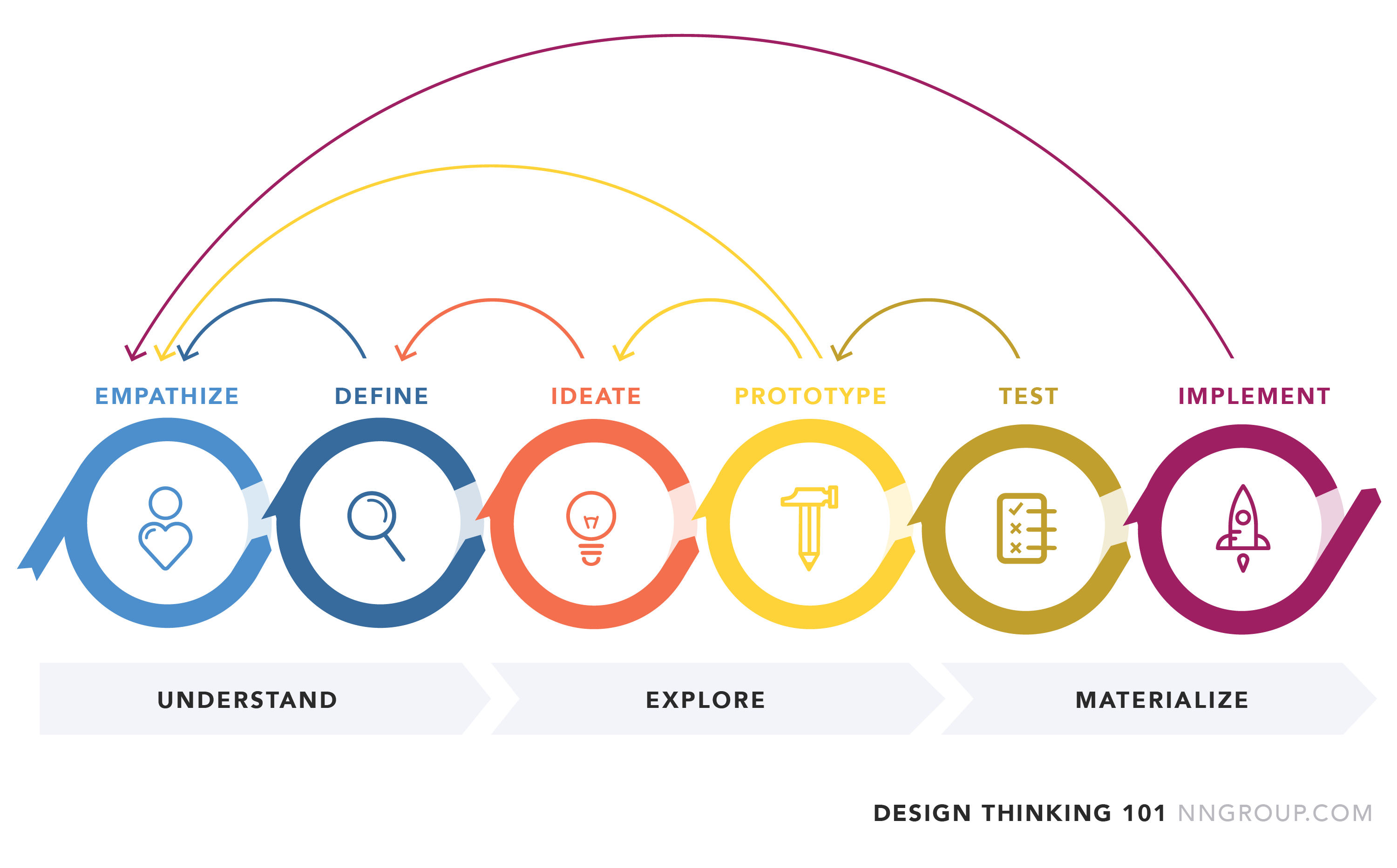Want to create better experiences? Think people, not problems!
Let’s face it – we are all problem solvers. A fair chunk of our professional lives is spent assisting students or academics troubleshoot library issues or supporting them to develop new library skills.
Our professional expertise can sometimes make it tempting to jump straight to how to solve a problem or gap. But how often do you step back and purposefully consider the problem before jumping straight into ‘solution mode’?
Some of the risks of jumping into solution mode include:
- developing a ‘solution’ that doesn’t actually solve the real needs, pain points or challenges for the right users
- overlooking other solutions that might be better suited
- scope creep or changing goal posts in the project because there’s not a shared understanding of what problem you’re trying to solve for who (and conversely, what problems you’re not trying to solve for who).
- locking yourself into a solution from the get-go, instead of thinking innovatively and developing new ideas
A drumroll for user-centered design (UCD) and design thinking
You may have heard of user-centered design (UCD) or design thinking – they are two very similar frameworks that place the user and their needs at the centre. Don’t fret if you’re not familiar with the terminology – you may be using these principles without realising it.
Key stages
While each framework may use slightly different terminology, they each follow the same set of principles:
- Research/empathise with users
- Define the problem/s
- Ideate possible solutions
- Prototype, test and refine your solutions
- Implement
Remember, this is a cycle. Key learnings are often universal. and can be drawn upon for projects into the future. Embedding these practices into your projects will allow you to maintain and manage experiences, products and services more efficiently and consistently.
Read more about UCD and design thinking
- “What is Design Thinking?” and “What is User-Centred Design?” from Interaction Design Foundation
- Neilson Norman Group’s “Design Thinking 101”
- Web Accessibility Initiative’s “Notes on User-Centred Design Process”

